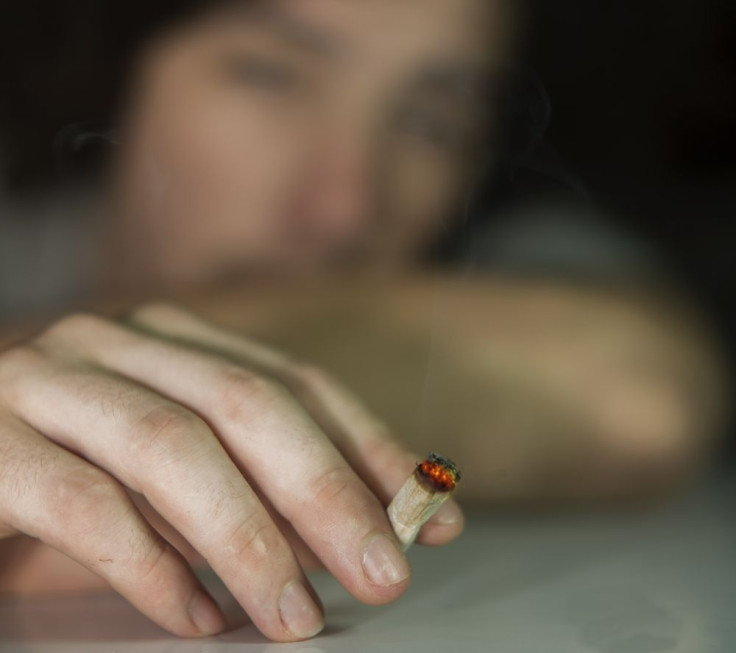Teens Are Using Marijuana To Cope With Their Problems, But They Could End Up Worsening Them

It’s almost common sense: Drugs are especially bad for you when you’re, at best, in a bad mood, and at worst, when depressed. Lysergic acid diethylamide (LSD, commonly known as acid), magic mushrooms, and even alcohol all have particularly negative effects when the person using them is in a bad mood. So it should come as no surprise that those effects may also apply to marijuana. Yet, according to a new study, many teens and young adults are using it in these instances, increasing their risk of a bad trip, or potentially worse psychological effects.
“Young people who use marijuana frequently experience an increase in negative affect in the 24 hours leading up to a use event, which lends strong support to an affect-regulation model in this population,” said Dr. Lydia A. Shrier, of the division of adolescent and young adult medicine at Boston Children’s Hospital, in a press release. Though it may be an overbroad statement regarding marijuana use, Shrier’s point is that too many adolescents and young adults are using marijuana to cope with their problems, and that’s never good.
Though it may seem that getting high will alleviate a person’s problems, it often makes them feel worse afterward, Shrier said. “People feel bad, they use, and they might momentarily feel better, but then they feel worse. They don’t necessarily link feeling bad after using with the use itself, so it can become a vicious cycle.”
Studies, such as this one from last year, have shown that marijuana use during adolescent development may affect the growing brain of a teenager. The basis behind this idea is that teens who have an underlying risk of psychological problems are likely to trigger it through marijuana use, especially if they’re already anxious from stress.
Another study from 2005 found that, among twins, the ones who smoked marijuana before 17 years old were up to 3.5 times more likely to commit suicide — these teens were also 5.5 times more likely to develop a dependence to marijuana. And although it didn’t find a link between marijuana use and major depressive disorder (MDD), it did find that those who developed MDD were 9.5 times as likely to develop marijuana dependence.
For the study, Shrier and her colleagues enlisted 40 people aged 15 to 24 who used marijuana at least twice a week for an average of 9.7 times per week. For two weeks, they responded to signals on a handheld computer, which asked them at random times about every three hours about their mood, companionship, perceived availability of marijuana, and recent use. In addition to responding to the signals, they were also asked to report when they used marijuana.
As Shrier said above, teens and young adults were more likely to get high within 24 hours of experiencing a negative event. Positive experiences, meanwhile, were not associated with marijuana use. Admittedly, Shrier said that “there are a host of limitations with retrospective assessments, such as asking people ‘the last time you used marijuana, why did you use it?” Shrier said. “We weren’t asking people to predict anything or to recall anything, we were just asking them to give us reports about how they were feeling right now. We were able to put under a microscope the association between those feelings and subsequent marijuana use.”
Despite the limitations of the study, it still points to the very real issue of using marijuana just to cope with problems. It doesn’t work, nor should it.
Source: Shrier LA, Ross CS, Blood EA. Momentary Positive and Negative Affect Preceding Marijuana Use Events In Youth. Journal of Studies on Alcohol and Drugs. 2014.



























